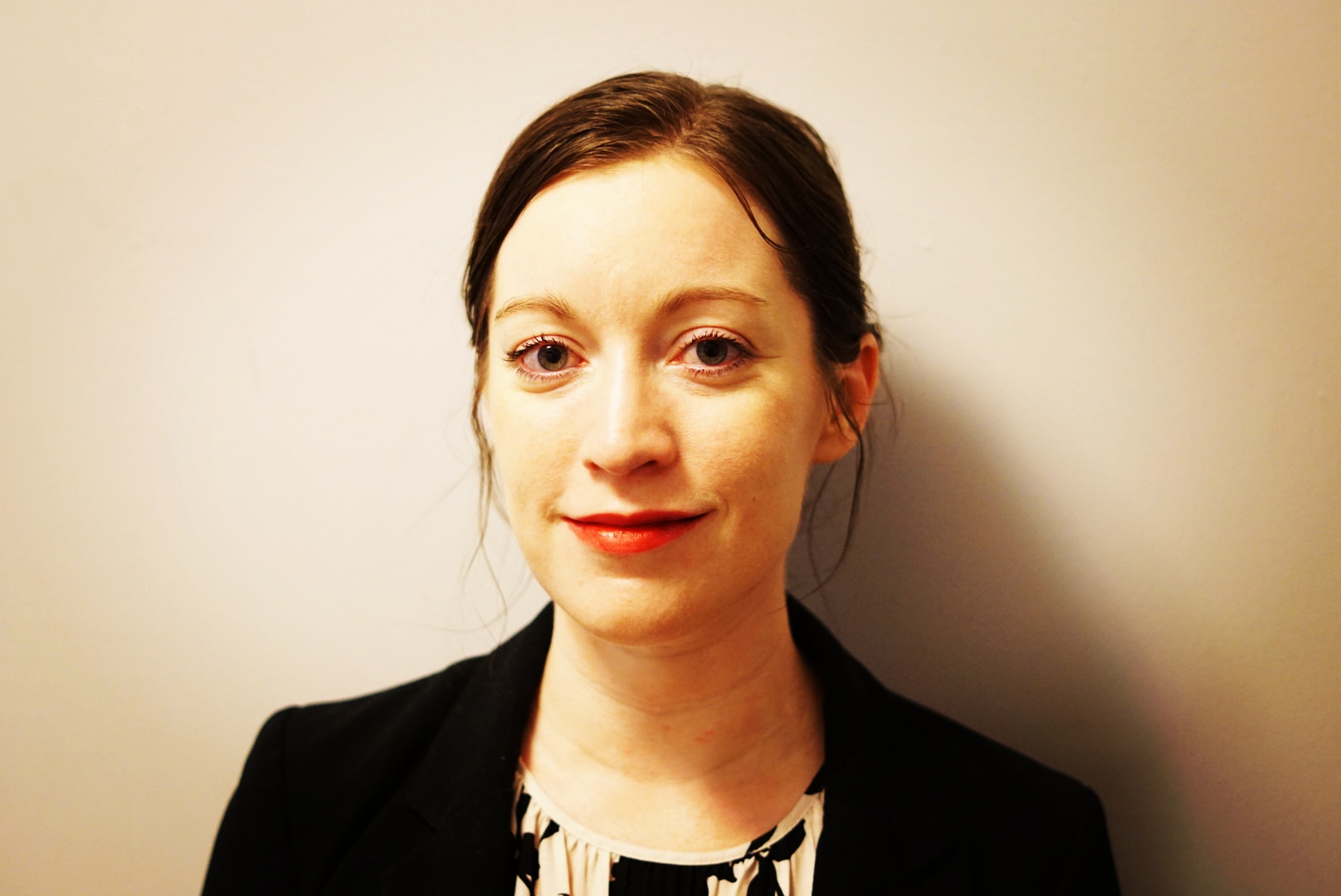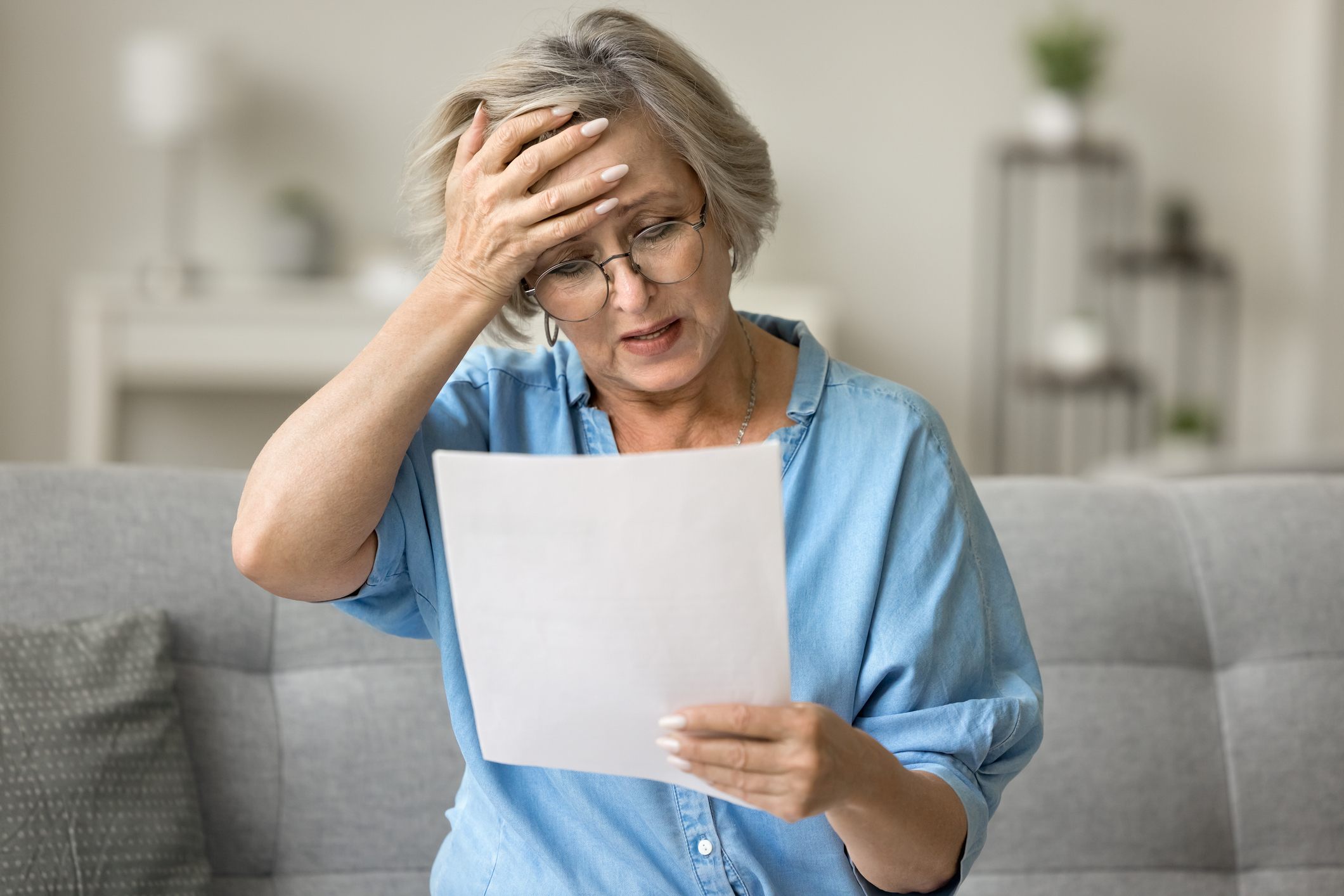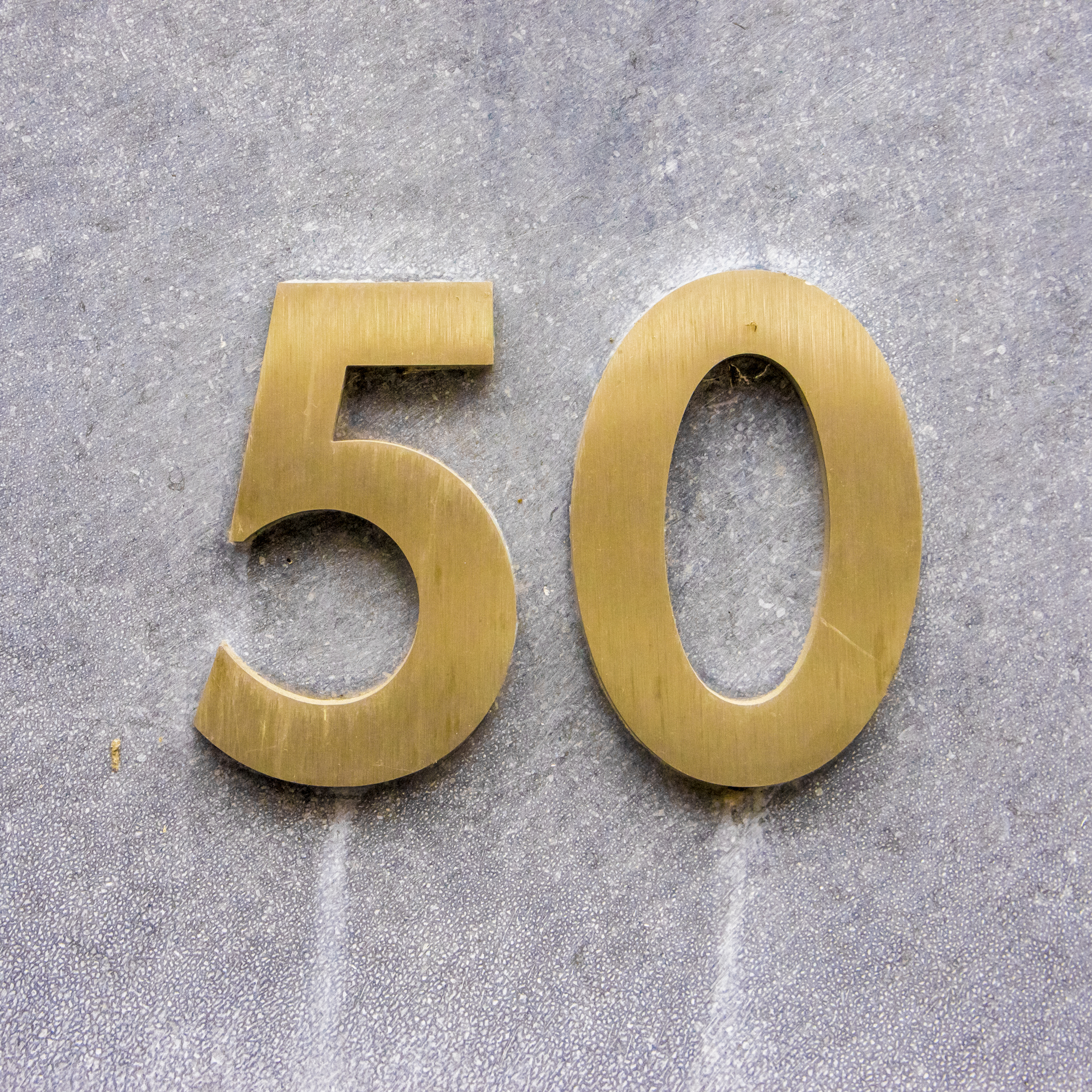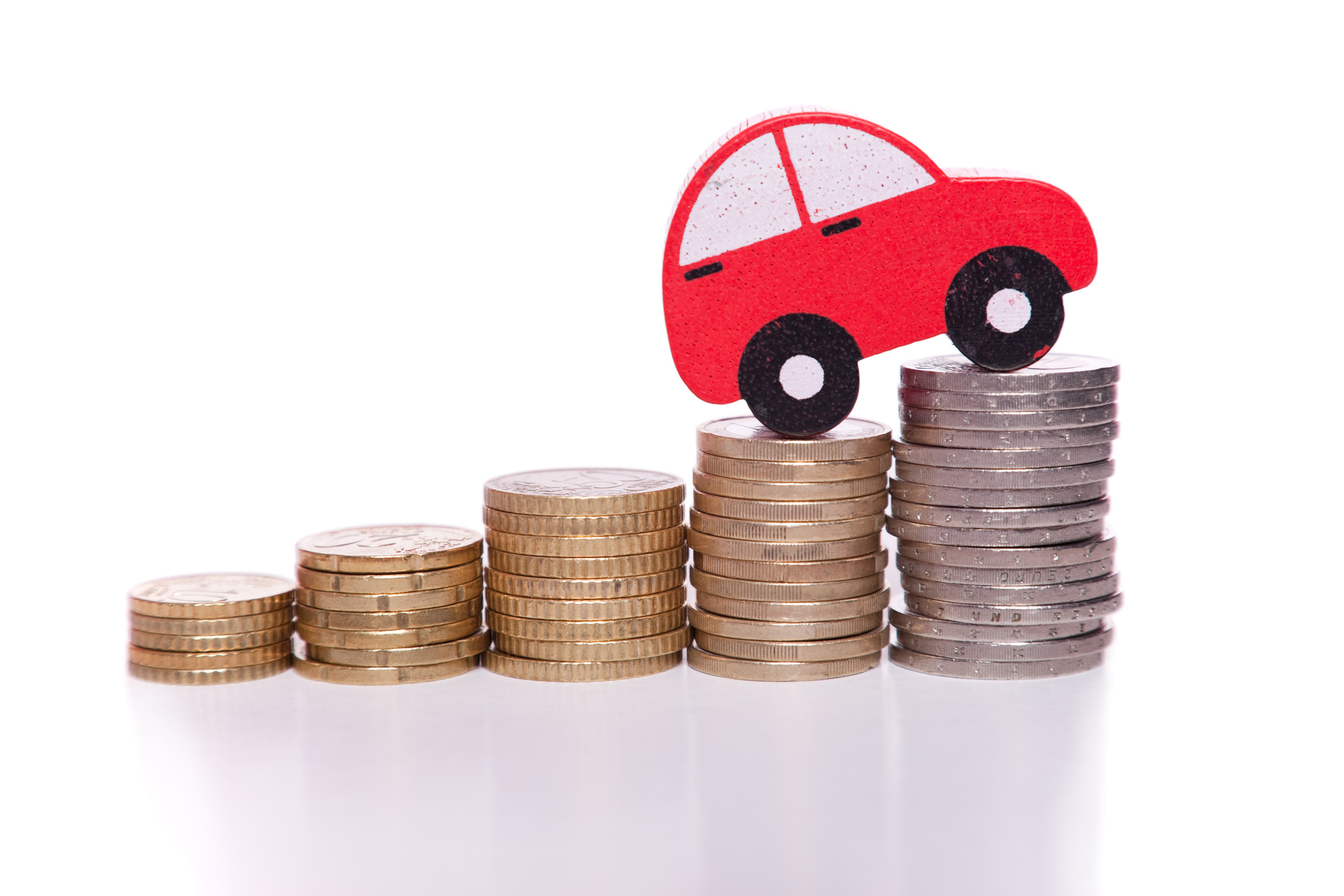Is Home Insurance Required? Not Necessarily, But That Doesn't Mean You Should Drop It
Home insurance is required by most mortgage lenders. But even if your home is paid off, does it make financial sense to drop coverage?

Seychelle Thomas

Forking out thousands of dollars each year for home insurance can be annoying. That's especially true if you've been claim-free for years but are still watching your home insurance costs surge year after year. So it's not surprising that more and more homeowners are asking if you really need it anyway.
The short answer is yes, if you're still paying a mortgage. But even if you don't need home insurance to keep your mortgage lender happy, it's still usually a good idea to keep it.
Here's what you need to know about the legal requirements regarding home insurance and what your finances would need to look like for you to consider canceling it.
From just $107.88 $24.99 for Kiplinger Personal Finance
Become a smarter, better informed investor. Subscribe from just $107.88 $24.99, plus get up to 4 Special Issues

Sign up for Kiplinger’s Free Newsletters
Profit and prosper with the best of expert advice on investing, taxes, retirement, personal finance and more - straight to your e-mail.
Profit and prosper with the best of expert advice - straight to your e-mail.
Is home insurance required?
There is no state with laws mandating homeowners buy home insurance. However, if you're still paying a mortgage, your lender most likely requires you to maintain coverage for the life of the loan.
Some may even require you to buy additional coverage, like flood insurance, depending on the unique risks in your area. This is your lender's way of protecting their investment against the risk of a total loss.
If you live in a condo or co-op, your board might also require you to keep paying for home insurance even if your mortgage is paid off. Keeping each individual home insured helps protect the entire complex in the event of a disaster.
You can see how your home insurance compares to others using the tool below, powered by Bankrate:
With that said, if your home is paid off and you're not living in a shared complex of any kind, you aren't legally required to keep paying for home insurance. But if you're considering dropping it to save a few thousand per year in premiums, it's important to consider the decision carefully.
Can you afford to cancel your home insurance?
If you've paid off your mortgage or you're a few years away from doing so, you might be wondering whether it's worth canceling home insurance altogether and just paying for damages yourself.
For the majority of homeowners, the math simply does not add up. But if you're curious about what it would take, here are some numbers to help figure out whether you're in a financial position to stop paying for home insurance.
As a rough starting point, you should have 200% of your home's current value set aside in savings if you want to self-insure your home. This is about how much home insurance would pay out in a total loss, according to the Insurance Information Institute.
It's important to note that this lump sum of cash should be separate from any retirement savings, emergency fund or other money. Otherwise, a total loss could end up derailing your other financial goals. You should also consider how easy it would be for you to save that sum up again if disaster strikes and you're forced to spend it on rebuilding or relocating.

Even if you could set that much money aside, the amount you'd save by dropping home insurance might not be worth it.
The national average cost of home insurance is $2,408 per year for $300,000 in dwelling coverage, according to Bankrate. At that rate, you'd need to skip paying for home insurance for well over 100 years to save the $300,000 you'd have gotten in return. Even after factoring in the annual rate hikes, you're still probably looking at decades before the savings make it worthwhile – and that's assuming you never experience any claim-worthy damage to your home over those decades.
In the meantime, you're locking up hundreds of thousands of dollars of your money in a savings account in case of emergency rather than putting it toward something more worthwhile. If you kept paying for home insurance, for example, you could throw that cash into an investment portfolio or a jumbo CD where it could be earning interest for you.
Even if your retirement is fully funded and you don't need that cash to work for you, it might be better to enjoy your generous nest egg rather than stashing it away for the sake of saving a couple of thousand dollars per year.
Instead of canceling it altogether, consider switching home insurance or adjusting your coverage to cut your home insurance costs without exposing yourself to too much risk.
Canceling your home insurance probably isn't worth it
If there's no mortgage lender or condo board demanding you keep paying those premiums, you technically don't need home insurance. But the amount of cash you would have to set aside to protect your home from disaster if you canceled your insurance is probably better spent elsewhere.
That's even more true when you consider how many years of saved premiums it would take to even make up the coverage limit in your policy.
Instead of self-insuring, consider other options like boosting your deductible or excluding certain perils, like opting out of earthquake insurance or other extra coverage. Moves like this can lead to substantial savings on home insurance without leaving you completely exposed to every risk your home faces.
Get more insurance tips and other personal finance insights straight to your inbox. Subscribe to our daily newsletter, A Step Ahead.
Related Content
Profit and prosper with the best of Kiplinger's advice on investing, taxes, retirement, personal finance and much more. Delivered daily. Enter your email in the box and click Sign Me Up.

Rachael Green is a personal finance eCommerce writer specializing in insurance, travel, and credit cards. Before joining Kiplinger in 2025, she wrote blogs and whitepapers for financial advisors and reported on everything from the latest business news and investing trends to the best shopping deals. Her bylines have appeared in Benzinga, CBS News, Travel + Leisure, Bustle, and numerous other publications. A former digital nomad, Rachael lived in Lund, Vienna, and New York before settling down in Atlanta. She’s eager to share her tips for finding the best travel deals and navigating the logistics of managing money while living abroad. When she’s not researching the latest insurance trends or sharing the best credit card reward hacks, Rachael can be found traveling or working in her garden.
- Seychelle ThomasContributing Writer
-
 The Rule of Compounding: Why Time Is an Investor's Best Friend
The Rule of Compounding: Why Time Is an Investor's Best FriendDescribed as both a "miracle" and a "wonder," compound interest is simply a function of time.
-
 4 Great Tools to DIY Your Own Financial Plan
4 Great Tools to DIY Your Own Financial PlanSmart Savings Several tools picked out by Kiplinger that DIYers can use to make their own financial plan.
-
 The 7-Month Deadline That Sets Your Lifetime Medicare Premiums
The 7-Month Deadline That Sets Your Lifetime Medicare PremiumsUnderstanding Medicare enrollment is crucial, as missing deadlines can lead to permanent late enrollment penalties and gaps in coverage.
-
 My Teen Crashed His Car, and Now Our Insurance Has Tripled. What Now?
My Teen Crashed His Car, and Now Our Insurance Has Tripled. What Now?Dealing with the costly aftermath of a teen car accident is stressful. Here are your options for navigating it.
-
 Your End of Year Insurance Coverage Review Checklist
Your End of Year Insurance Coverage Review ChecklistStop paying for insurance you don't need and close coverage gaps you didn't know about with this year-end insurance review.
-
 Snowbirds: Avoid These 3 Sneaky Insurance Issues
Snowbirds: Avoid These 3 Sneaky Insurance IssuesBefore snowbirds depart for their winter retreat, they should check their insurance coverage for surprises that might arise, or else be on the hook for repairs.
-
 10 Things You Should Know About Buying a Car Today, Even if You've Bought Before
10 Things You Should Know About Buying a Car Today, Even if You've Bought BeforeIf buying a car is on your to-do list, and it's been a while since you went shopping for a new one, this guide will help avoid any nasty shocks in the showroom.
-
 Could Tax Savings Make a 50-Year Mortgage Worth It?
Could Tax Savings Make a 50-Year Mortgage Worth It?Buying a Home The 50-year mortgage proposal by Trump aims to address the housing affordability crisis with lower monthly mortgage payments. But what does that mean for your taxes?
-
 Loyalty Doesn’t Pay: Why Your Car Insurance Keeps Going Up
Loyalty Doesn’t Pay: Why Your Car Insurance Keeps Going UpYou’ve been a good customer, now your premium is creeping up. Here’s why loyalty might be costing you on car insurance.
-
 Protect Your Family From Costly Festive Fails With These Holiday Tips
Protect Your Family From Costly Festive Fails With These Holiday TipsHaving people over this holiday season? Before opening the door to guests, here are some perils to prepare for in advance.
-
 When an Extended Car Warranty is Worth It — and When it's Not
When an Extended Car Warranty is Worth It — and When it's NotGot the "we're trying to reach you about your car's extended warranty" call? Here's what you need to know before buying.